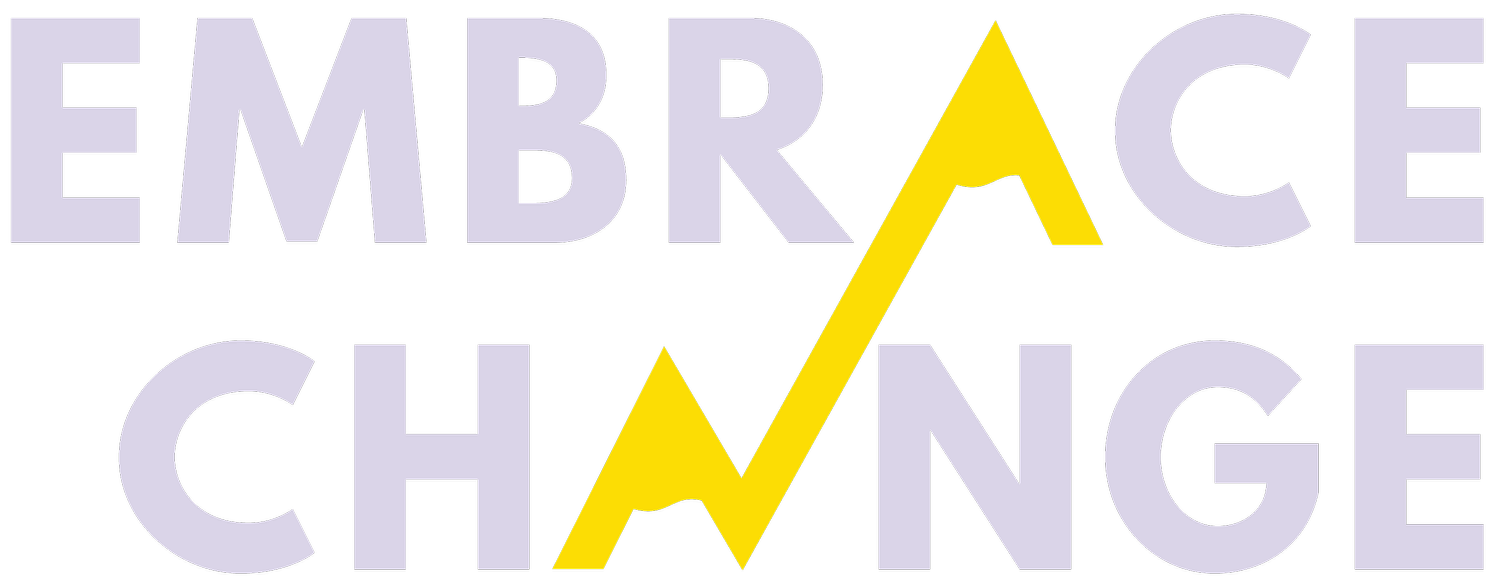How Leaders Can Effectively Communicate In Today’s Workplace
This article originally appeared on Forbes.com.
It used to be that the unspoken rules between employers and employees were clear: loyalty in exchange for job security and steady career progression. But recent workplace shifts—accelerated by Covid-19, remote work, and economic recessions—have disrupted this traditional social contract.
Leaders today face a critical challenge: how to communicate effectively in an environment where trust is broken and employee expectations have fundamentally changed. According to a 2024 Gallup report, 67% of employees in the United States and Canada are either not engaged or actively disengaged at work, and 49% intend to leave their jobs.
The psychological contract in the workplace—once characterized by long-term employment and clear career ladders—has given way to a more fluid, tenuous relationship. Job security is no longer guaranteed, work-life boundaries are blurred at best, and career paths are no longer linear. This shift has left many employees feeling disconnected and disenchanted.
For leaders, the stakes are high. Employee trust, engagement, and productivity hang in the balance. The challenge lies in rebuilding connections and maintaining effective teams in this new landscape.
Leaders must forge a new social contract with employees. This agreement would acknowledge that we are all subject to economic and societal forces beyond our control, and that employers can no longer offer the guarantees they once did. Crucially, the new social contract would be founded on a commitment to renegotiating a way forward together.
While long-term job security and routine wage increases or promotions may no longer be the norm, more flexible hours and location requirements, plus access to occasional special projects, may now be possible. It’s worth highlighting what workers gain, not only negative aspects of the new social contract norms across industries.
Here are three key strategies for leaders to effectively communicate with employees as this new agreement takes shape:
Embrace Transparency And Honesty
In times of uncertainty, clear and honest communication is critical. As vulnerable as it may feel, practice being upfront about organizational changes and challenges. Although there are often legal considerations and business imperatives, effective leaders will find a way to regularly share updates—even when the news is uncertain or unfavorable.
Tactical advice: Schedule monthly town halls or team meetings with time allotted for group discussions. Use these opportunities to address employee concerns directly and transparently.
Practice Active Listening And Empathy
Create spaces for employees to voice their concerns without fear of repercussion. Acknowledge and validate their experiences, even if all problems cannot realistically be solved. At the end of the day, many employees simply want to be heard. Creating time and space for their voices to be heard reassures them of their value and demonstrates that leaders care about them.
Tactical advice: Implement "listening tours" where you—or other appropriate ombudspersons—focus solely on hearing employee perspectives. Follow up with a summary and any plans for moving forward.
Build Trust Through Consistent Action
In a world where the old guarantees no longer hold, your actions as a leader speak louder than ever. Broken trust means words often ring hollow. Follow through on verbal commitments and promises—no matter how small. Lead by example in embracing new workplace norms.
Tactical advice: For busy and stretched leaders, remembering is more than half the battle. Implement a workable system for tracking, executing on, and reporting back on commitments. Provide regular progress updates to continually rebuild trust.
The disruption of the traditional workplace social contract presents both challenges and opportunities for leaders. By evolving your communication strategies, you can rebuild trust, maintain effective teams, and create a more resilient company. This is not a process that will be a “one-and-done.” It is an ongoing effort that requires consistent action and adaptation—and it will inevitably involve mistakes and missteps. Leaders, too, are human.
So as you implement these strategies, remember that you aren’t simply “managing” the current situation—you are laying the groundwork for a new, more dynamic social contract. One that acknowledges the realities of today’s workplace challenges while fostering loyalty, engagement, and shared purpose. And your leadership in this journey will result in stronger, more adaptable companies that can thrive in an ever-changing business landscape.


